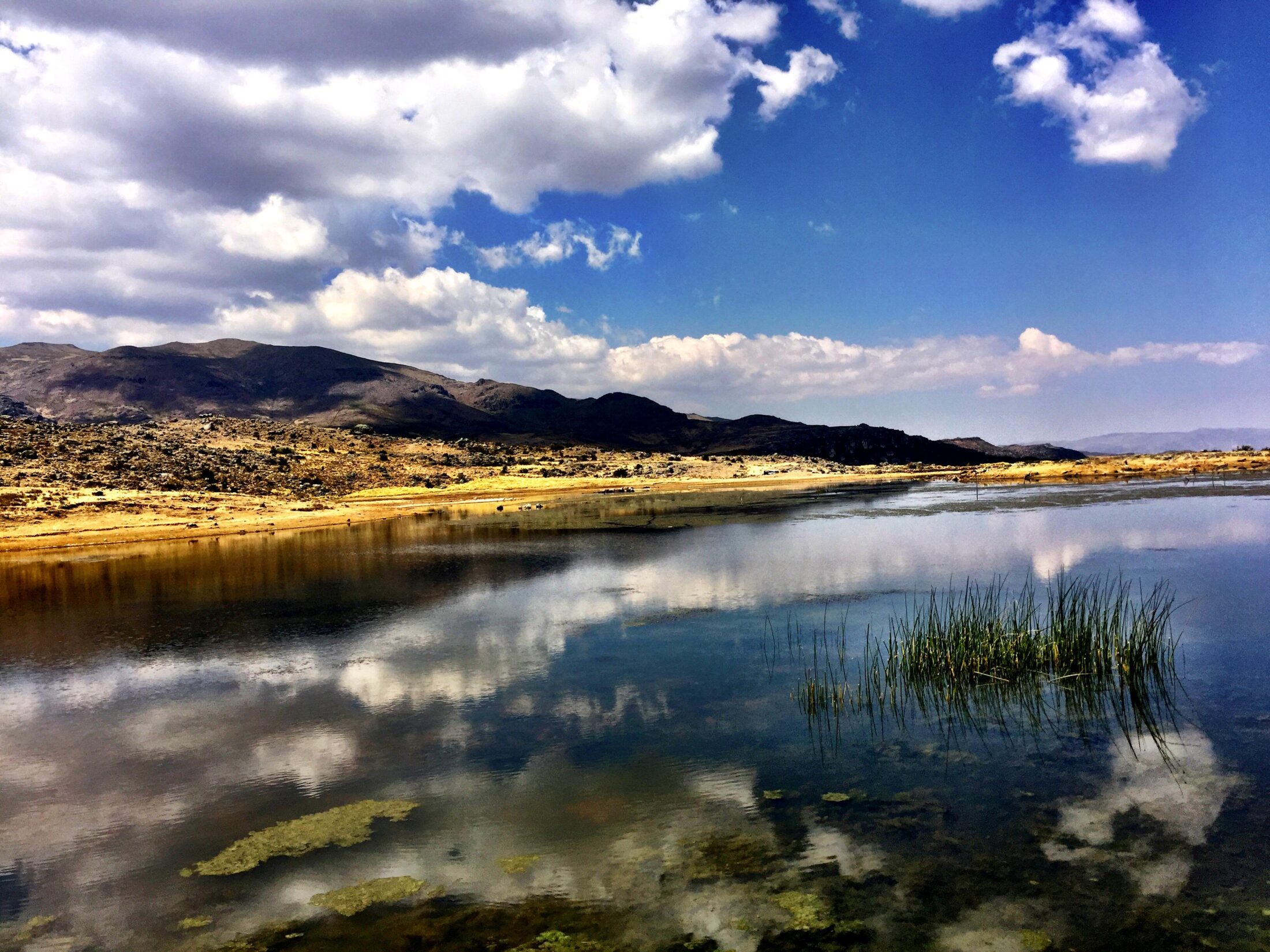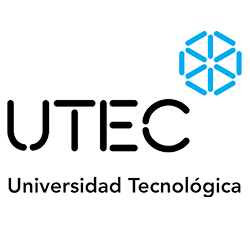Evaluation of nature-based solutions under future climate scenarios in a high-Andean watershed (Peru)

Nature-based Solutions (NbS) are increasingly recommended in Peru to enhance water security by restoring high-Andean ecosystems, yet quantitative evidence on hydrologic performance under accelerated climate change remains limited. This study applied a physically based hydrological model to evaluate two NbS portfolios in the Carhuayumac microwatershed, headwaters of the Rimac basin that supplies Lima. Simulations projected water availability to 2050 under the pessimistic scenario SSP5-8.5. Results show that both portfolios alter the flow regime: baseflow rises during dry periods and peak surface runoff is moderated in wet months. The model reproduced seasonal patterns satisfactorily, though sensitivity analysis revealed reliance on scarce high-altitude precipitation data, which restricts predictive accuracy. Despite this constraint, the work delivers the first quantitative estimate of NbS impacts on discharge for this basin, supplying a technical reference for the next 25 years. The findings confirm the value of hydrological modelling for ranking ecosystem interventions, steering investment, and supporting adaptive management in the Carhuayumac micro-watershed. Ongoing monitoring and iterative calibration are advised to reduce uncertainty and refine forecasts as climate conditions evolve.

